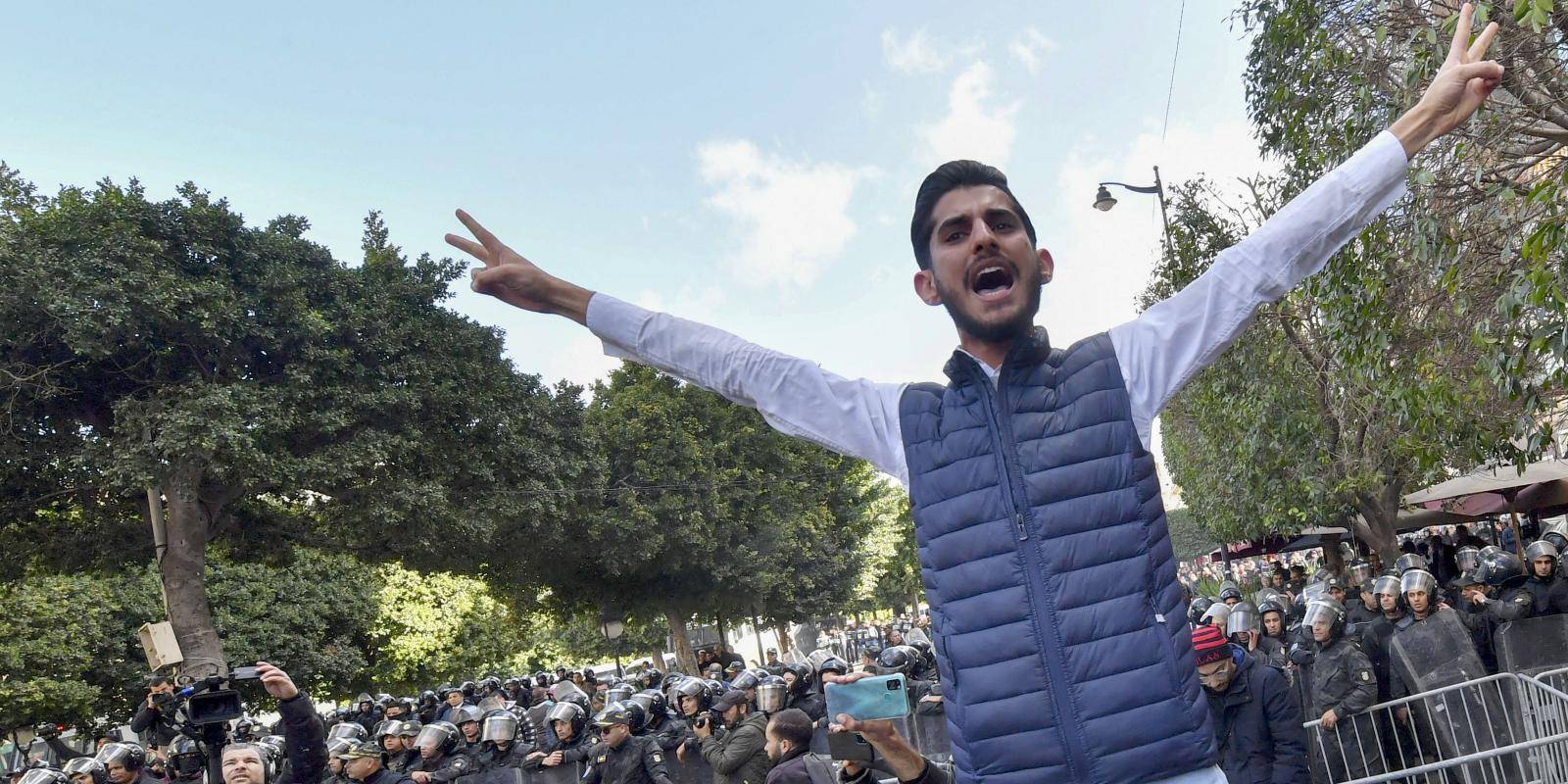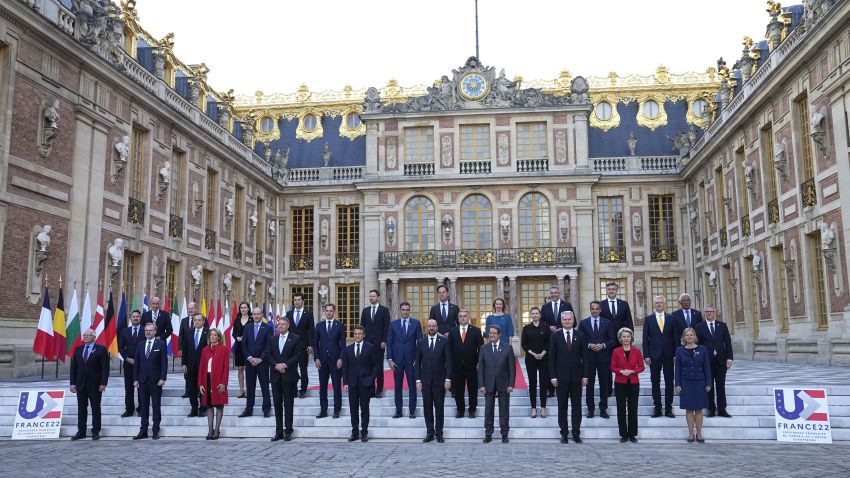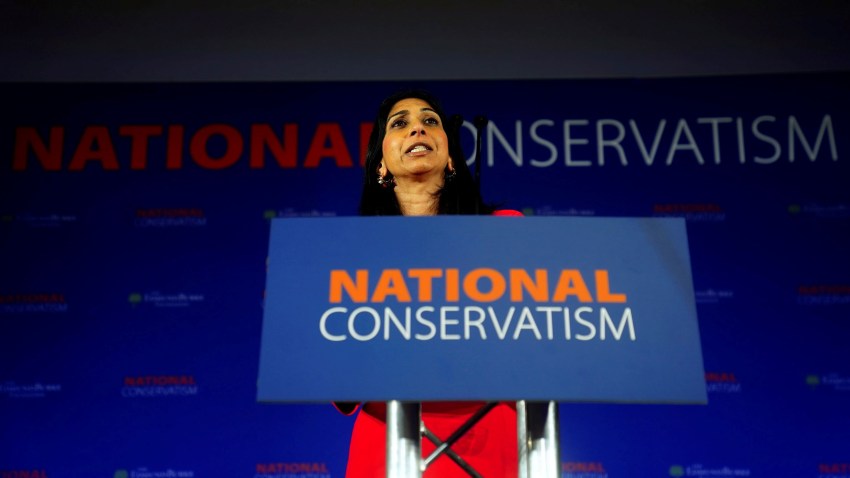Patrick Mendis

In his recent critical Foreign Affairs essay, “America’s Bad Bet on India,” Ashley J. Tellis argued that the Biden administration’s India policy is “misplaced.” He accused Washington of overlooking “India’s democratic erosion” because the United States needs a reliable partner in South Asia to challenge the rise of China. The article’s perceptive analysis of the U.S.-India security partnership notes that the relationship is hardly based on mutually assured democratic trust. He notes, for example, that India is breaking with the West in the context of the Russo-Ukrainian War and instead “goes it alone.”
Tellis’ conclusion is that “India’s security partnership with the United States will remain fundamentally asymmetrical for a long time to come.” While New Delhi would want Washington to prevail in a major conflict with Beijing in the East China Sea or the South China Sea, it is “unlikely to embroil itself in the fight.” This assessment is predicated largely on India’s nominal “strategic autonomy” in its foreign policy. India has evolved with a history of Soviet and Russian military ties as well as a lingering record of border conflicts with China.
However, China’s unprecedented military and economic capabilities have increasingly challenged New Delhi’s strategic autonomy. A matured India may not have a strategic alternative to sustain the past; it must thus work harmoniously and collaboratively with Washington for its national interest and civilizational heritage.
The “Return to History”
For the civilizational states of China and India, the past is often prologue. In his book, The India Way: Strategies for an Uncertain World, Indian external affairs minister Subrahmanyam Jaishankar wrote that New Delhi believes it faces an inevitable “return to history,” rather than the Fukuyaman “end of history,” in the emerging international governance of multipolarity.









:format(webp)/cdn.vox-cdn.com/uploads/chorus_asset/file/24678591/IMG_2419.jpg)
:format(webp)/cdn.vox-cdn.com/uploads/chorus_asset/file/24678595/IMG_2418.jpg)






